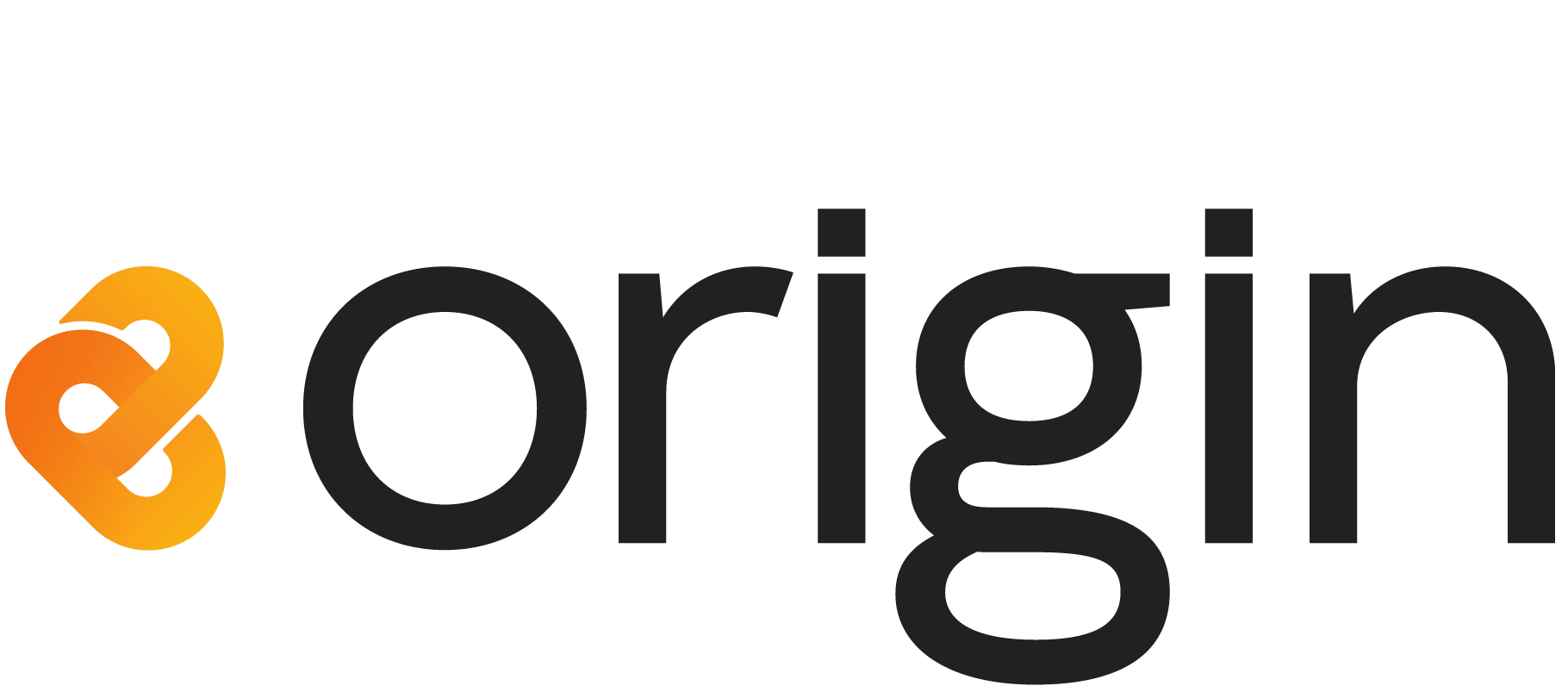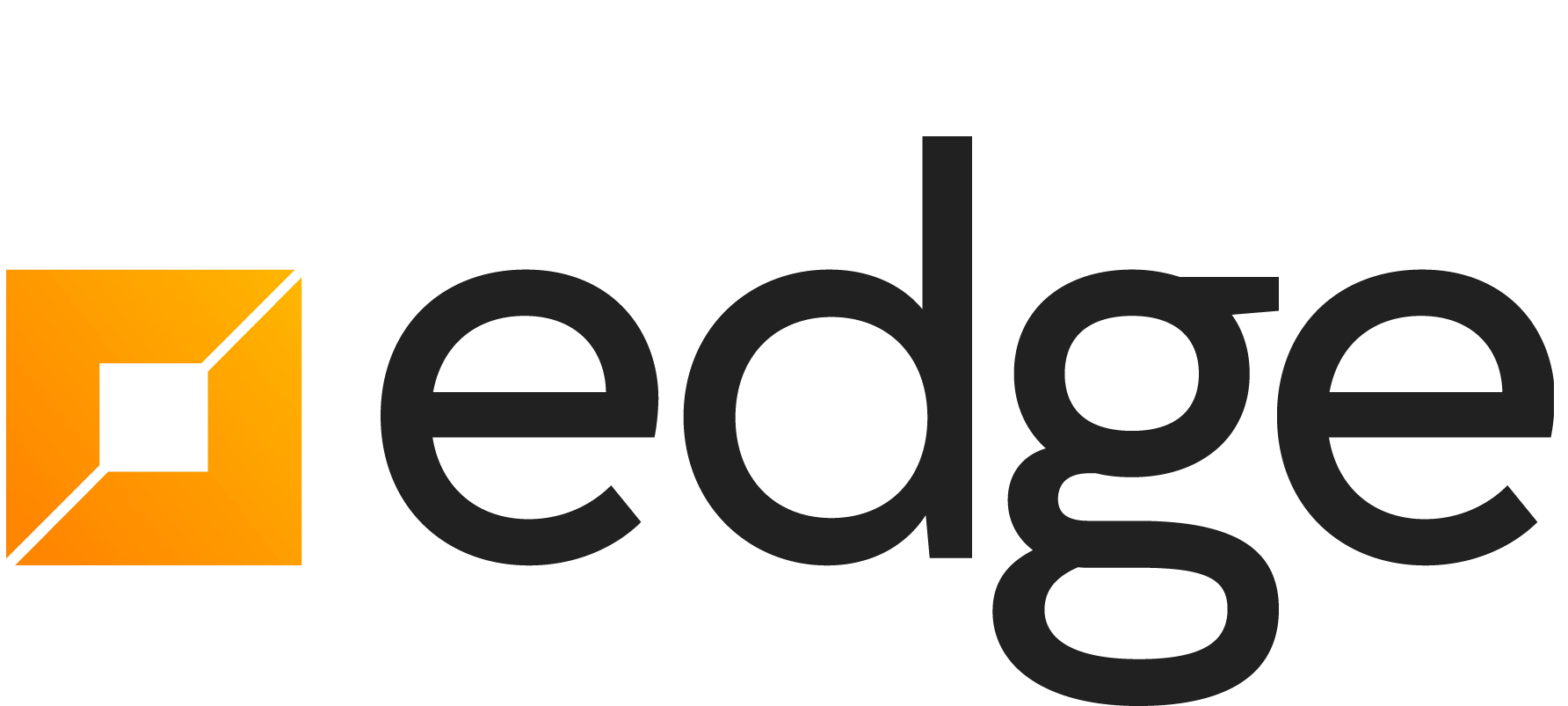In software development, a lot of resource is spent creating new features designed to solve business problems, many of which are designed to improve the user’s digital experience.
Without real-time and real-world user feedback, it is hard to accurately judge whether an application or feature is a success. Without this feedback, it is also virtually impossible to improve on it.
This challenge to improve with no user feedback is amplified in software development environments with high volumes of user-experience upgrades being pushed out regularly.
Asking for user feedback isn’t new. Doing it well is.
In the very early days, customer feedback in general simply fell into the ‘too hard’ basket or was simply overlooked.
Businesses that did recognise the value of user feedback used typical collection methods like electronic questionnaires, email or paper-based surveys. The response rate was often underwhelming and response quality was poor because the survey timing was inconvenient, user recall was poor, high levels of user apathy and a lag in implementing any changes from the feedback collected.
One sure-fire way to address the shortcomings of traditional feedback tools is to use in-app survey tools which integrate user surveys directly into software applications. This approach has been successful for traditional consumer satisfaction tracking and we’ve also employed this approach to measure software user satisfaction with one of our major clients. In-app survey tools are superior for many reasons:
- Real-time, real-world: In-app surveys can be served at the very moment that important online tasks are being carried out, enabling higher quality, more specific feedback.
- Higher volume of feedback: The option exists for in-app surveys to require feedback from a user. This ensures that the volume of feedback quantity is high.
- Multi-Device: In-app surveys can be presented on mobile applications as well as on web applications, which makes it easier to suit the user’s existing environment.
- Succinct: By being more integrated and not needing to be a separate format, surveys can be shorter and to the point.
- Targetted: In-app surveys can be easily targeted to specific groups of users to provide more segmented and useful feedback.
In-app survey tools in use for traditional customer satisfaction surveys
As highlighted by one of our recent blog posts on how to foster innovation, it can be effective to look at different industries to see what has or hasn’t worked for them, many business concepts are universal. The Genesis story, which is a traditional consumer experience story, is a great example of the power of in-app surveys and is worth summarising.
Genesis is an Australasian leisure company that operates venues for snow lodges, swimming pools, spas and golf. They were unaware whether their club members were truly happy with their services. Genesis asked club members to complete paper feedback cards but the response rate was very low. They knew they needed another approach.
Genesis added in-app surveys to their member sign-up process through an in-app pop-up survey AskNicely, that captures customer feed via the ubiquitous Net Promotor Score (NPS) rating system. Simply put, NPS is a quantitative measure of the loyalty that exists between your service and your customers. The NPS calculation is the percent of respondents that rated your service as 9 or 10 out of 10 (these people are called Promoters), minus the percent of respondents that rated your service 0 to 6 out of 10 ( these people are called Detractors). Those that rated your service 7 or 8 are ignored in the calculation.

The NPS score can range from -100 (if all your customers rate your service as 0) to +100 (if all of your customers rate your service as 10). The NPS score itself is really only useful if you can benchmark your score against others or against yourself over time.
Genesis members were also prompted for feedback at various milestones including 1-month from the start of their membership, during their onboarding phase, when the member had no activity for 45 days, and when members requested to cancel their membership.
Regional Managers were responsible for responding to feedback within 24 hours and used dashboards to benchmark their own feedback against other regions and company-wide feedback. The Genesis head office team had oversight of the feedback programme and were able to determine trends and compare standard NPS scores between clubs.
Today Genesis has more than 30 branches tracking NPS ratings and in the process doubled their feedback rates using the in-app collection method. The feedback meant they identified members’ issues early, and enabling them to reduce membership cancellations, and improve their business processes overall.
How we use in-app user survey tools to generate user feedback for software development
Mainfreight, one of Sandfield’s major warehousing and distribution customers, approached us about implementing an effective user feedback process to ensure that the software upgrades we were implementing were positively impacting Mainfreight’s users of the software which were their warehouse pickers & dispatchers.
In response, we developed a solution to measure their employees’ user experience via the in-app pop-up survey AskNicely, that appears on their handheld android devices as they carry out their jobs on the warehouse floor. Employees are asked a set of NPS questions to quantify their experiences with the software and are then prompted to expand on their rating. In some cases, this prompts an email to the Mainfreight IT team in real-time.

The feedback is then channelled to the business analysts and product owners, and Sandfield software developers to action the improvement necessary.

For example, whilst picking an order, a warehouse dispatcher could not retrieve an order from their dispatch list on their handheld device. The dispatcher logged this issue immediately via the in-app survey on their device, which generated an email to the Mainfreight IT Team. The team quickly ascertained that the ‘missing’ order was being edited by another dispatcher at the time which placed a lock on that order and did not allow the other dispatcher to view or retrieve it. And in the next scheduled version update, we upgraded the software so dispatchers could identify when an order is temporarily locked by others.

Using feedback to make positive change
The immediate benefit of a feedback loop in this example is obvious, but the ancillary benefit is much more powerful. Communicating the findings in a useful summarised reporting format such as the AskNicely dashboard below makes it easy to track the overall performance rating of our software, whilst still having the ability to drill down to identify specific user feedback.

For Mainfreight this meant that user feedback quality and quantity has improved. It meant that feedback is collated using best practice and fed through to the right stakeholders in a timely manner. They are now able to identify bottlenecks in their processes which helps streamline business functions within their software.
These improvements will lead to happier users, as pain points will be resolved earlier leaving users feeling empowered and more invested in the app/service, knowing their feedback is valued. This is also a great tool to improve business performance as it can decrease the time from writing the feedback to implementing the change. This occurs when the feedback is channelled to the right decision-makers, who can respond to issues in real-time or within a few hours.
For us at Sandfield, our goal is for continuous improvement of Mainfreight’s warehousing system to the benefit of its users. The best endorsement of our success is that we have integrated in-app surveys into all of our software for Mainfreight as a standard.













